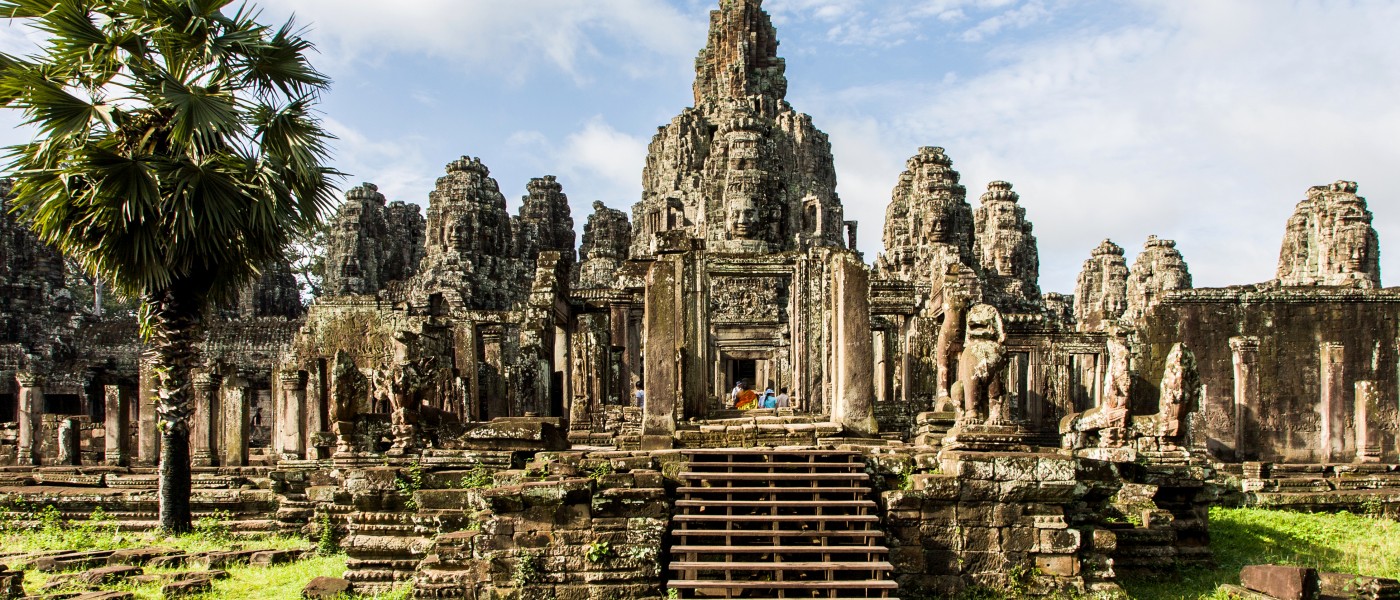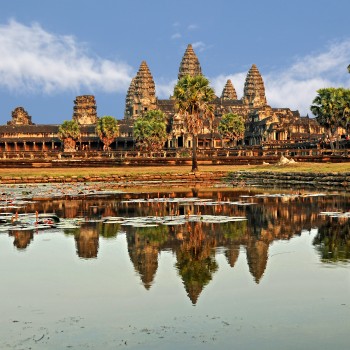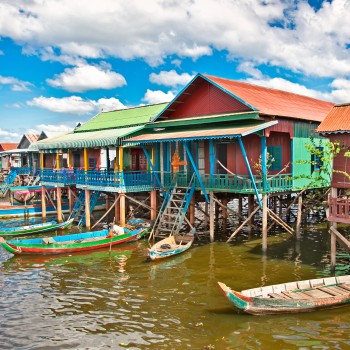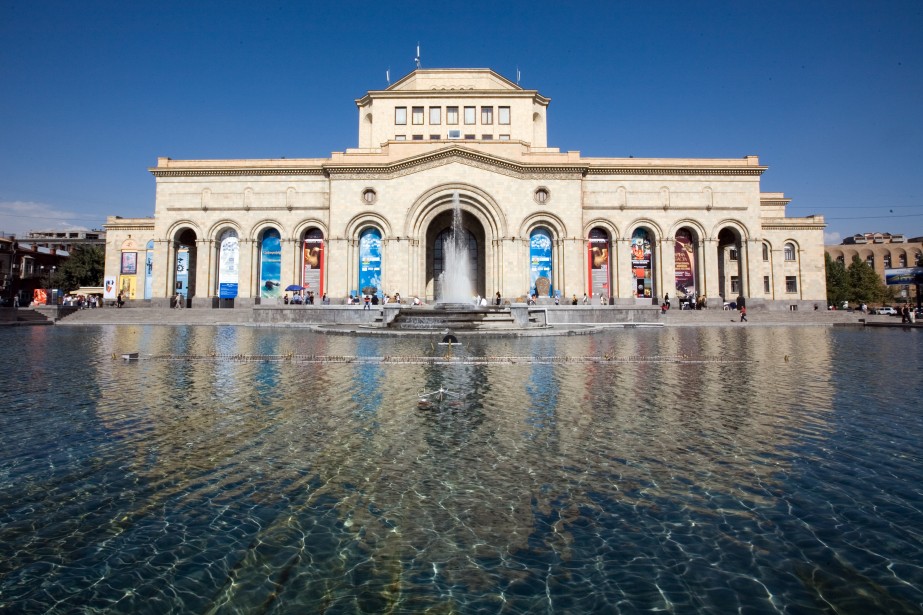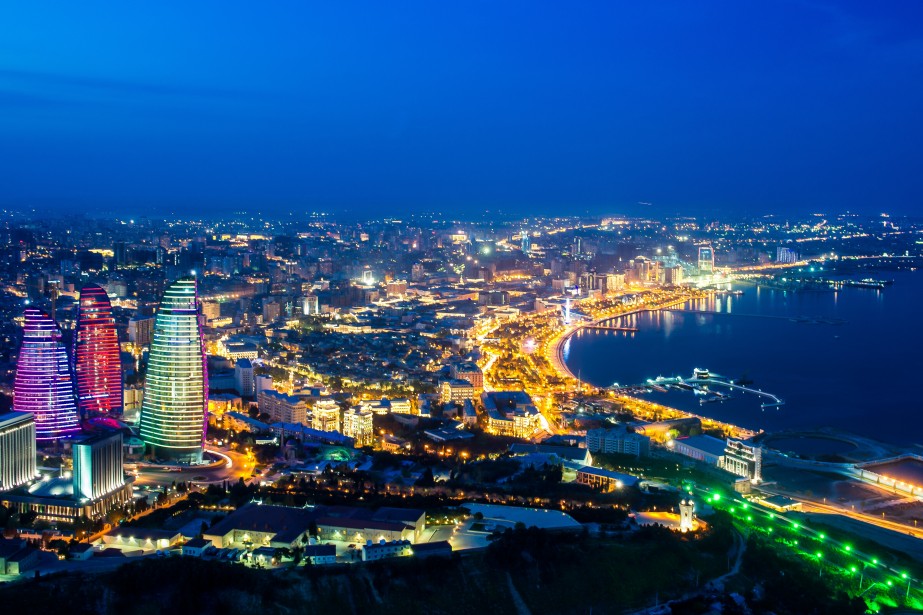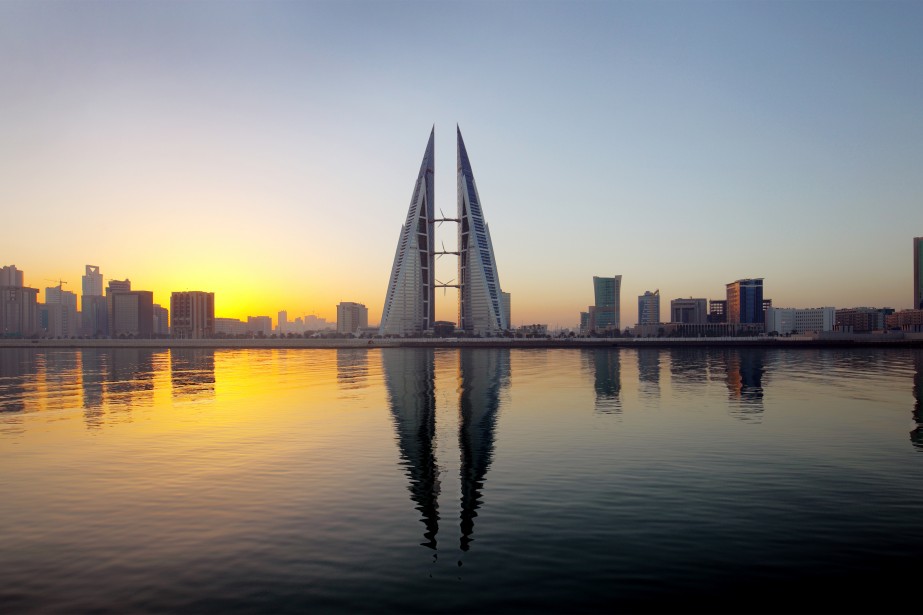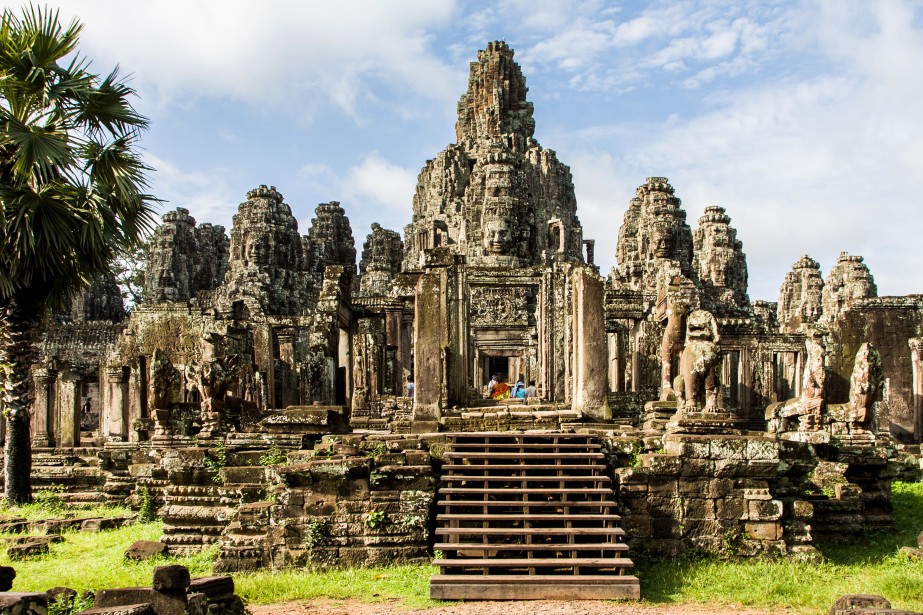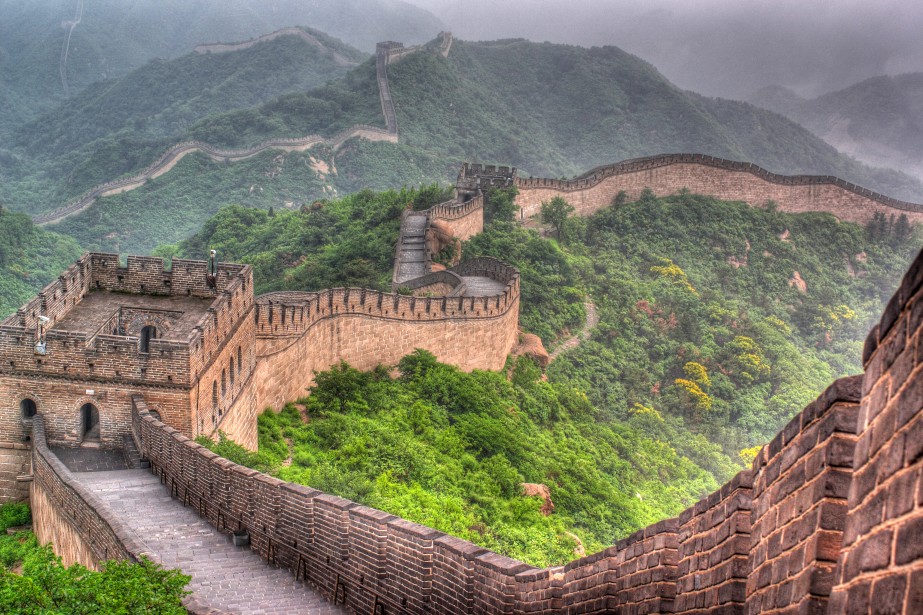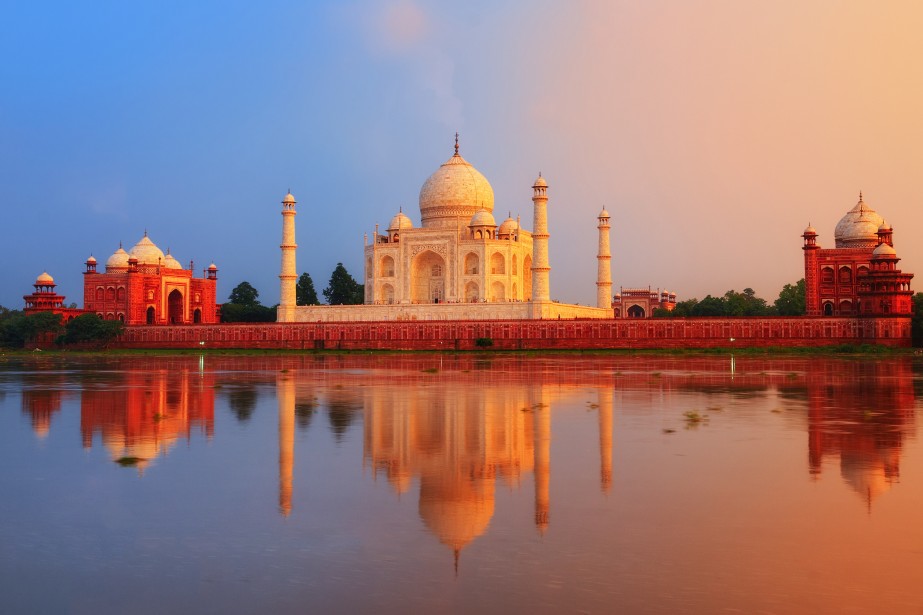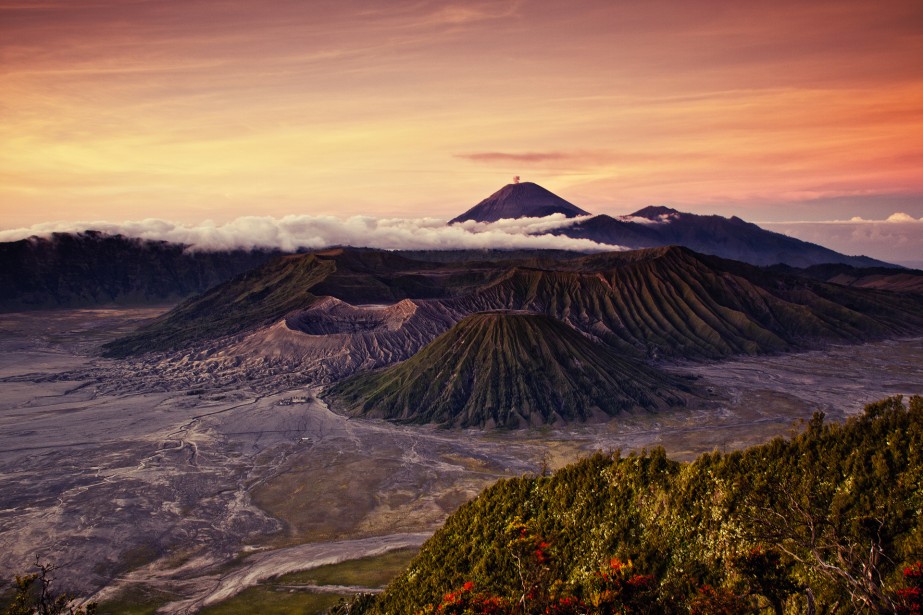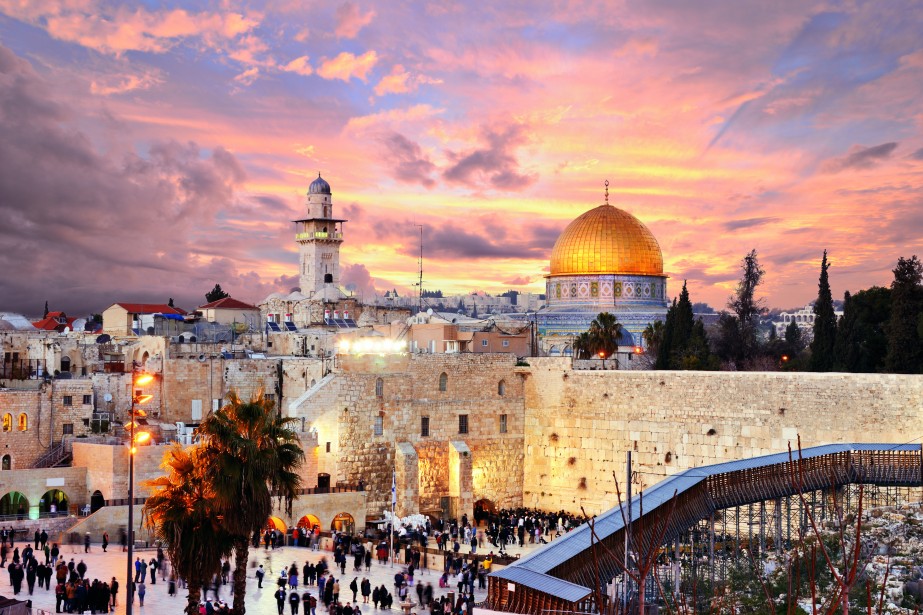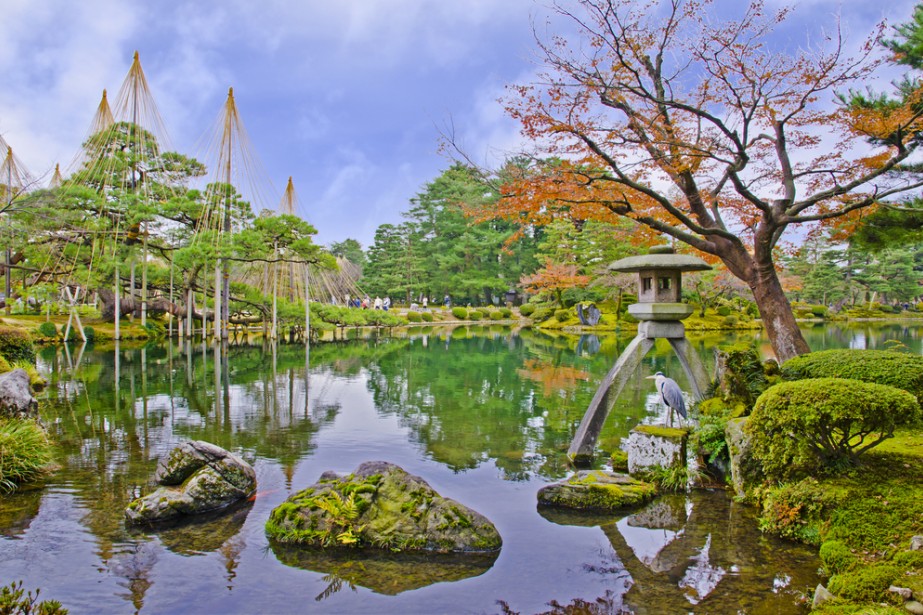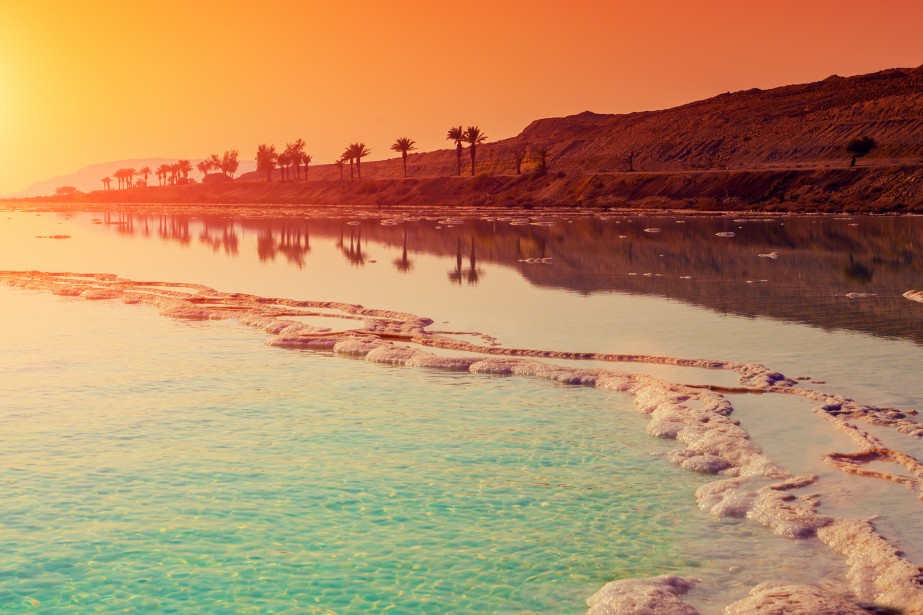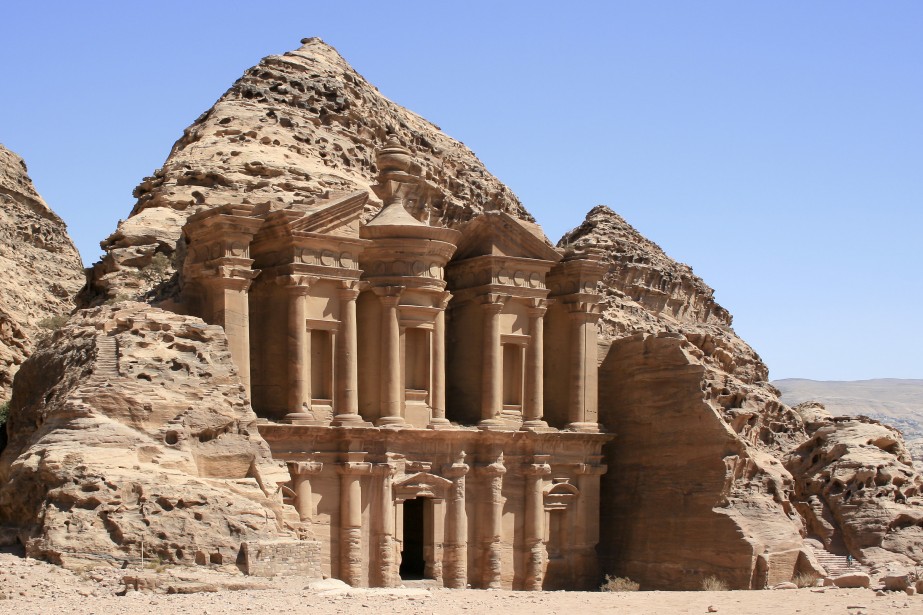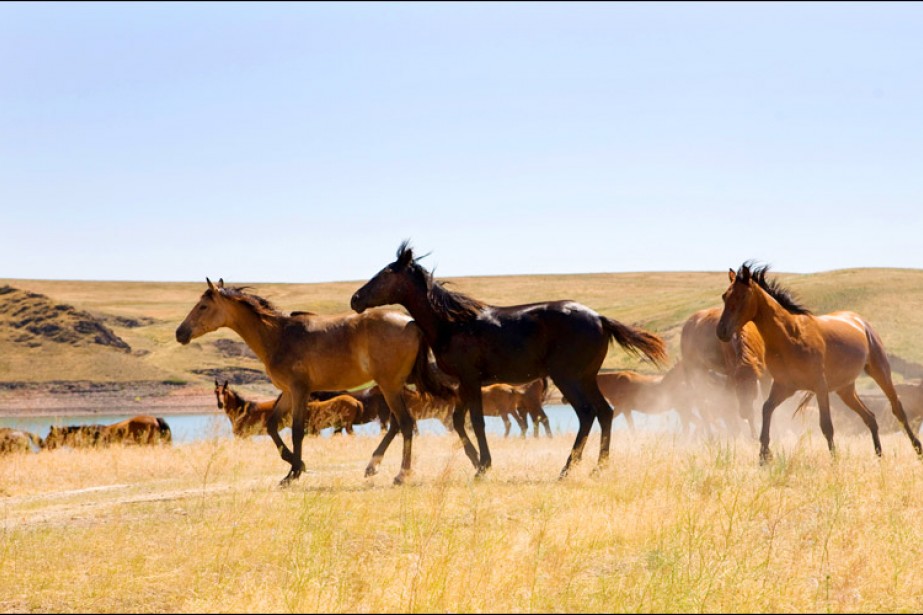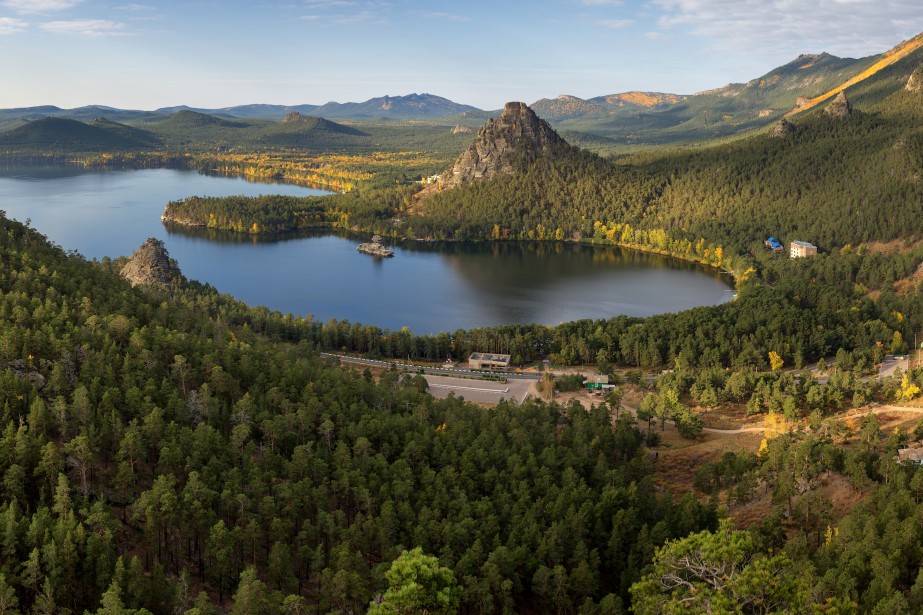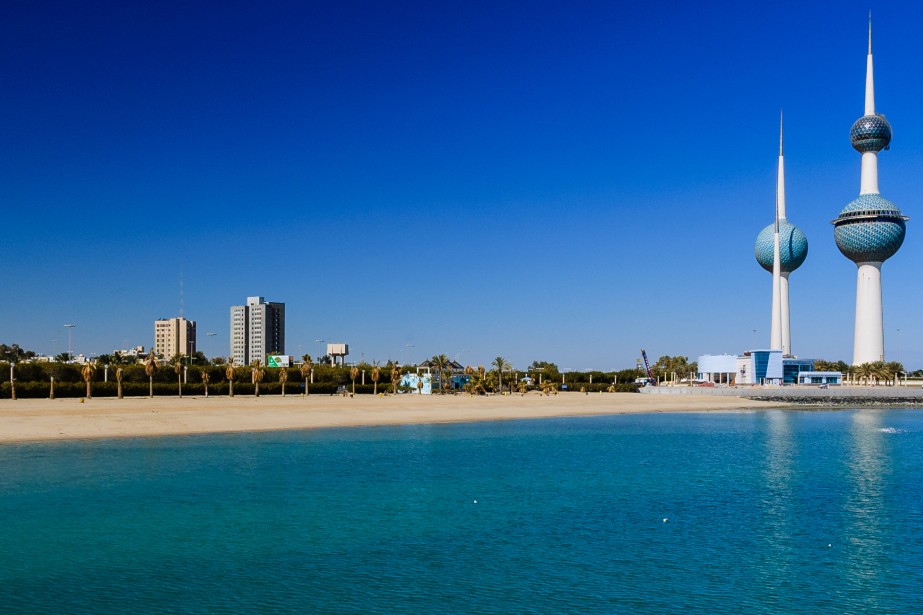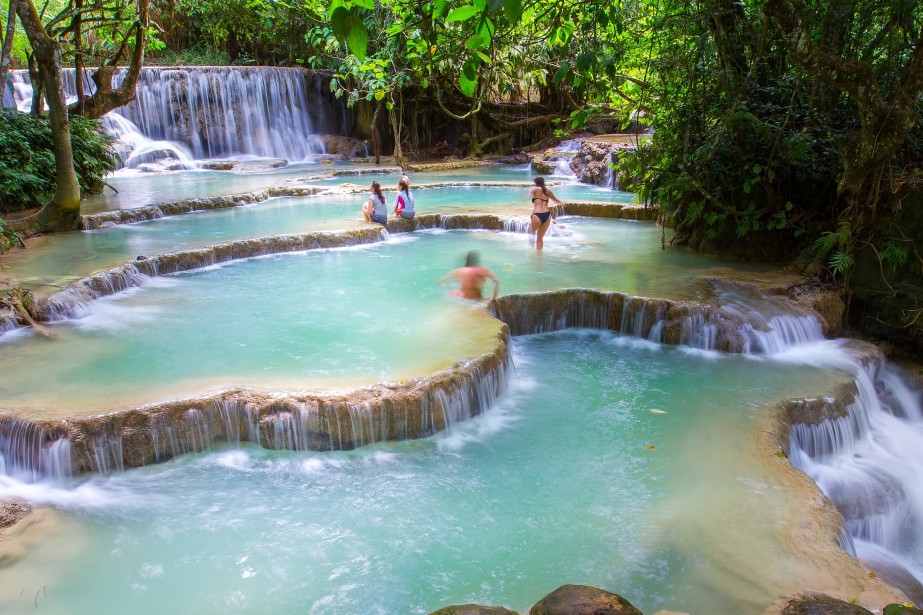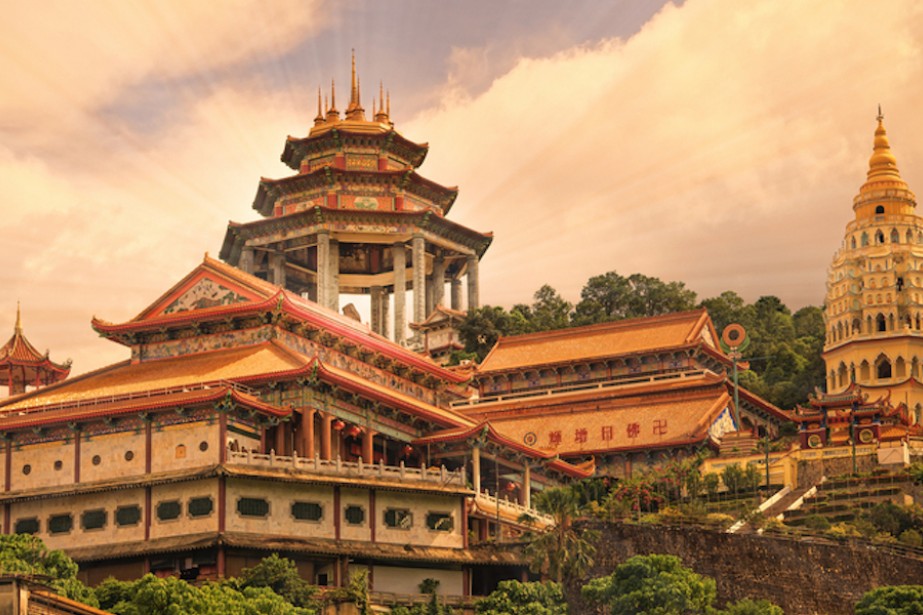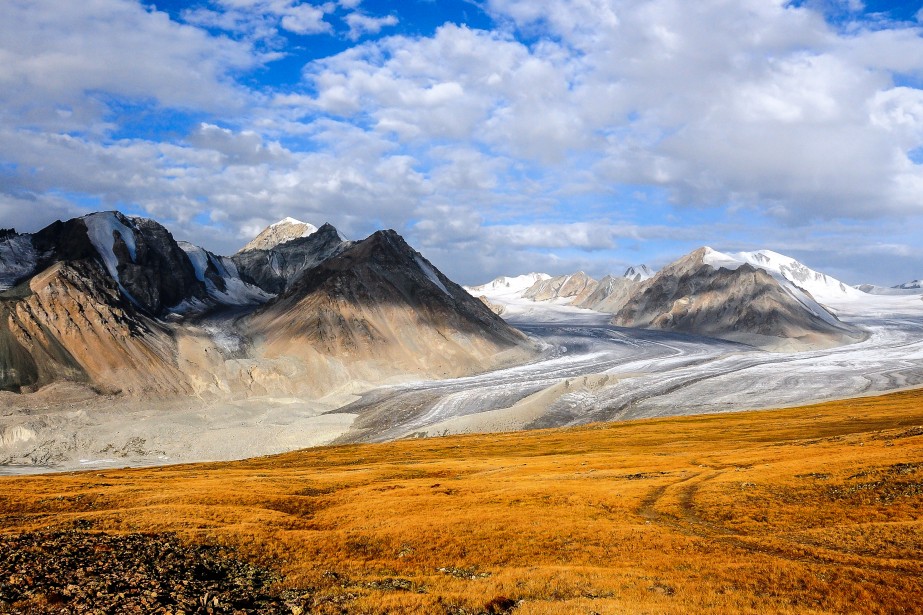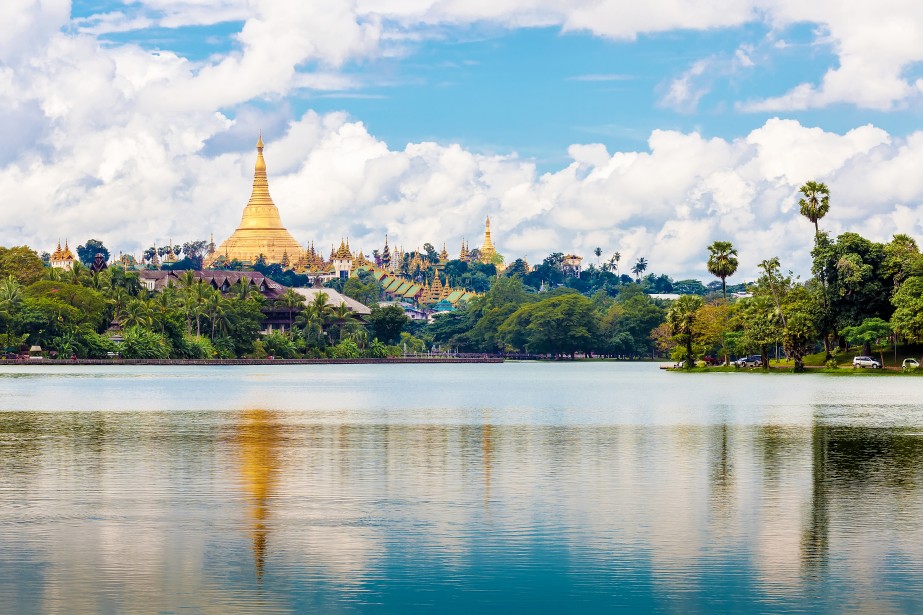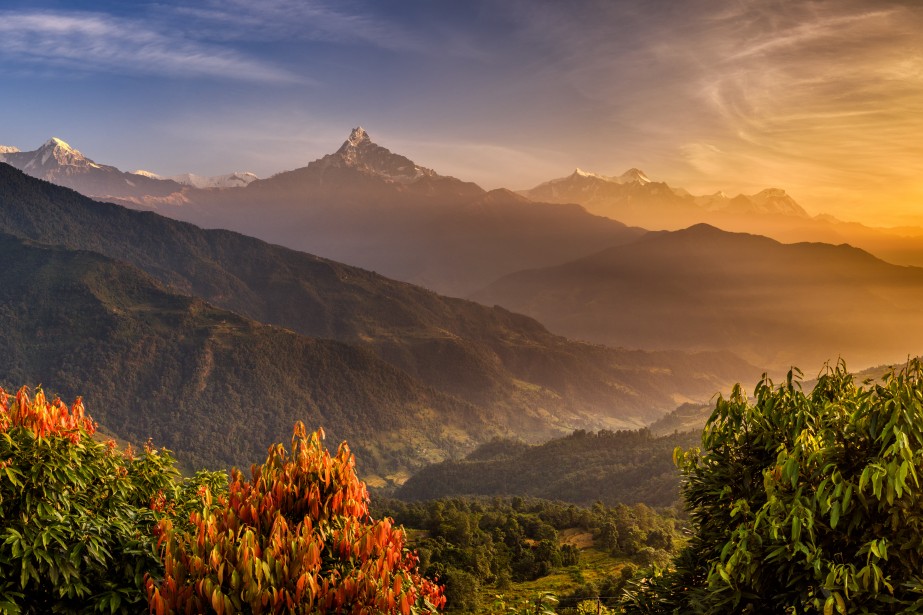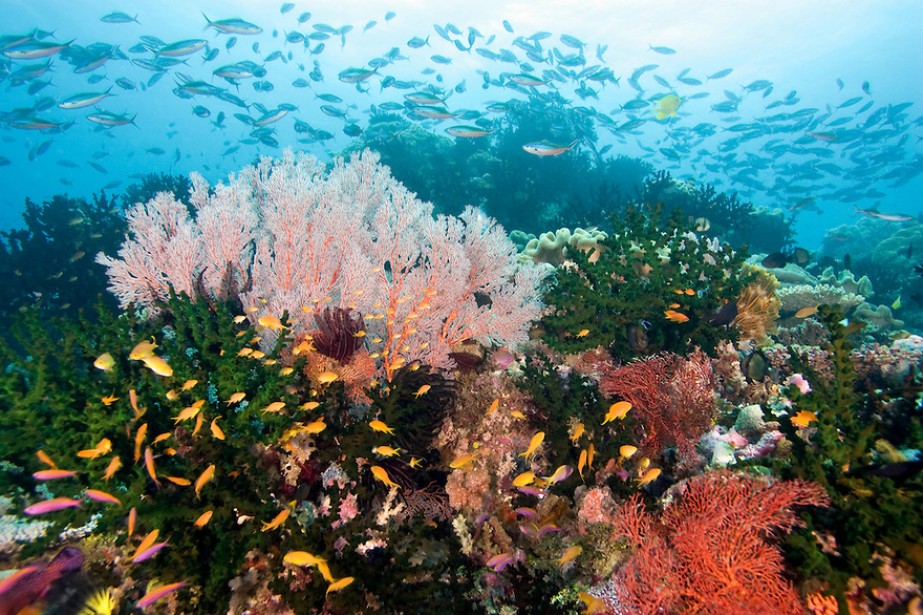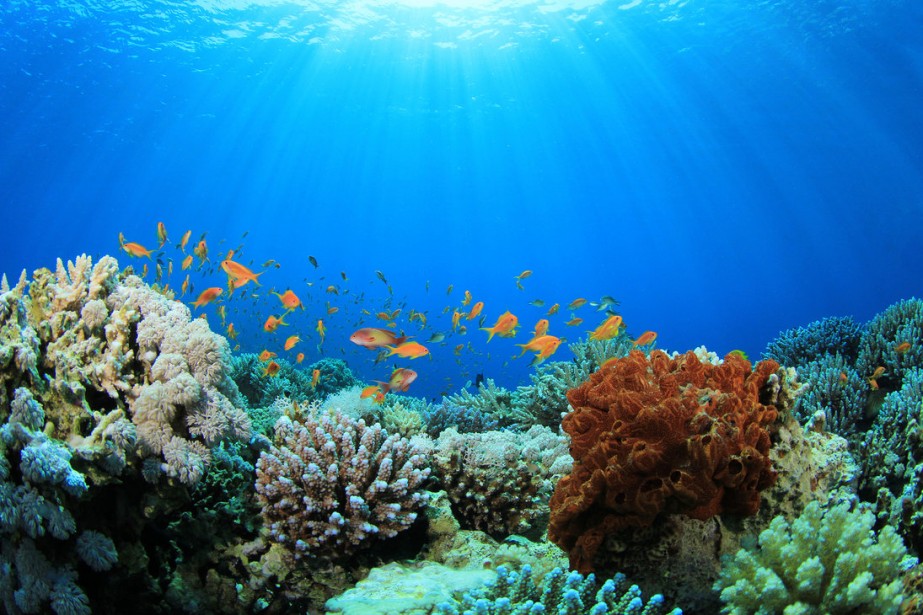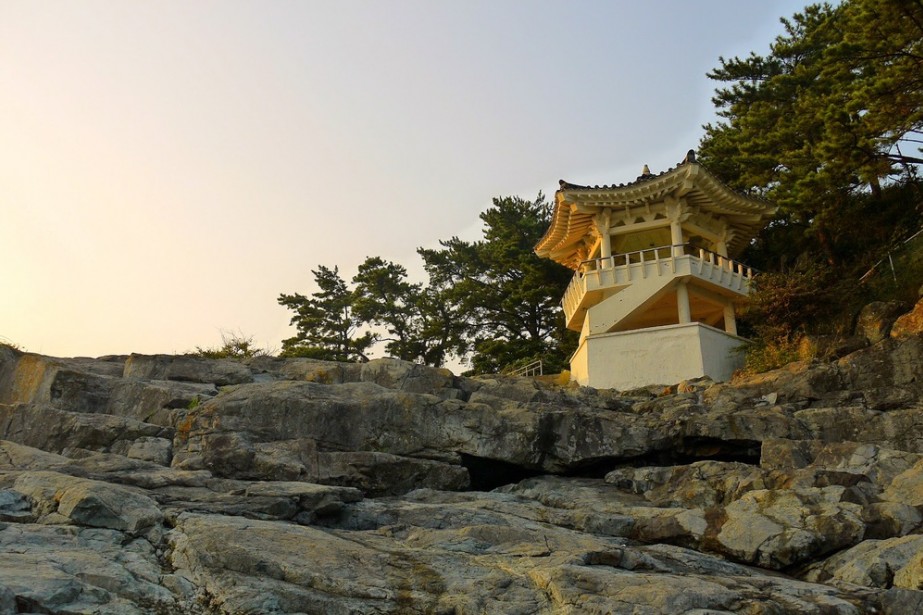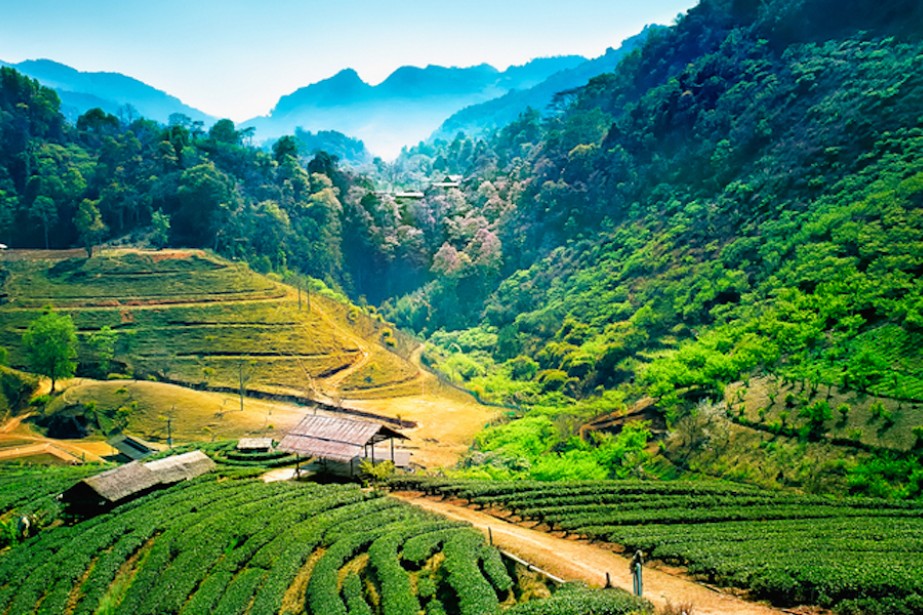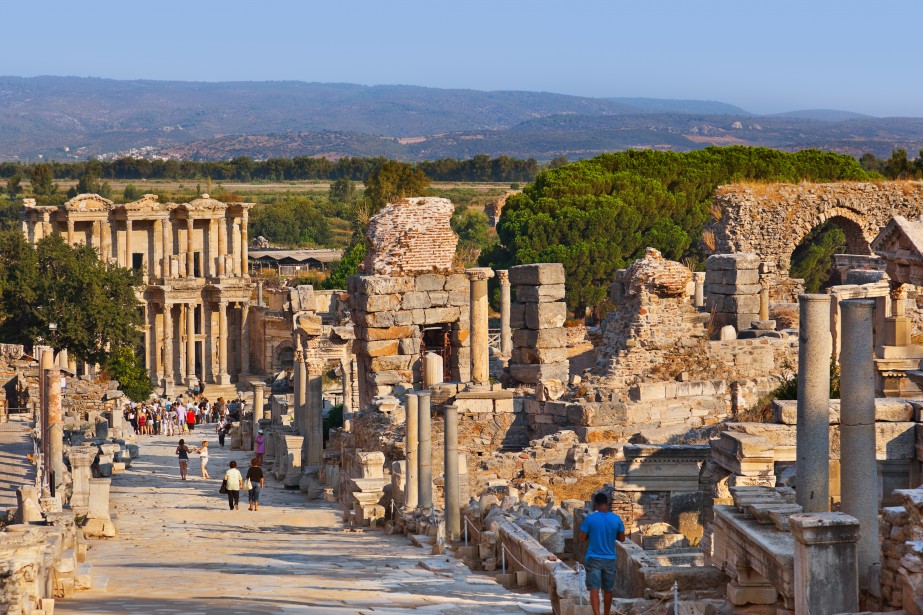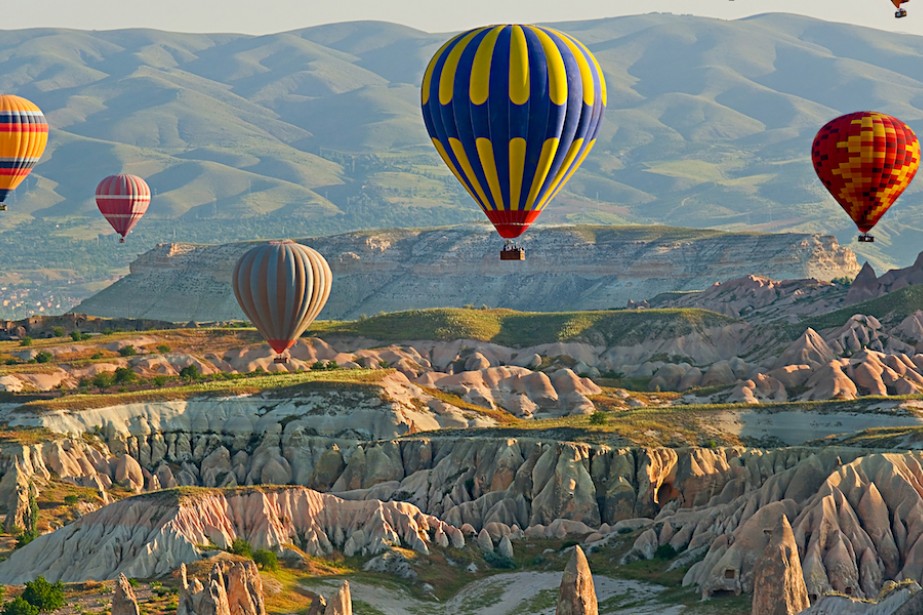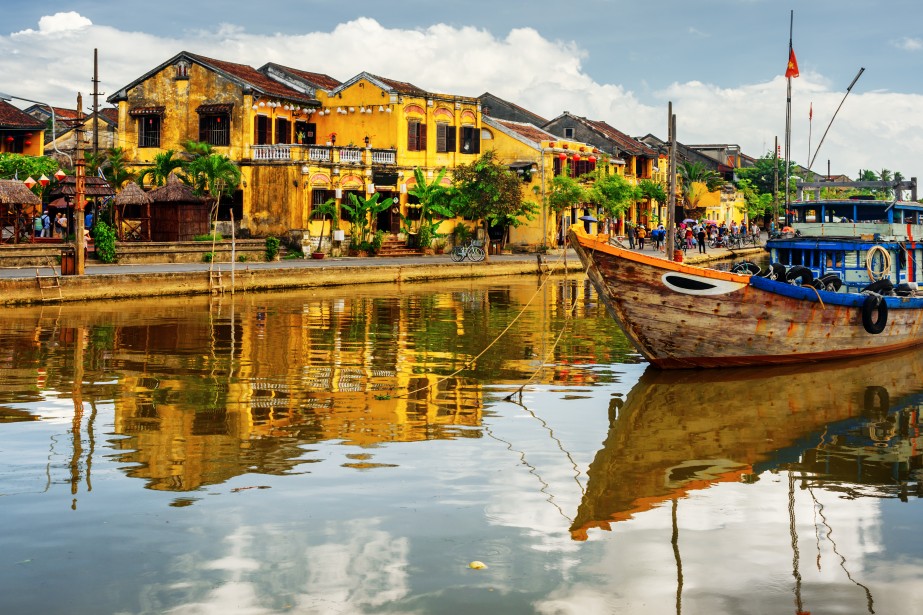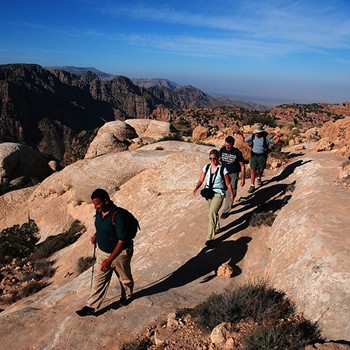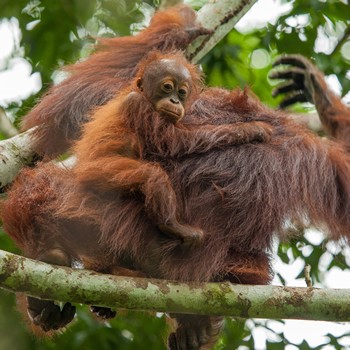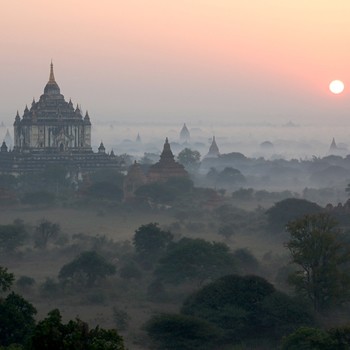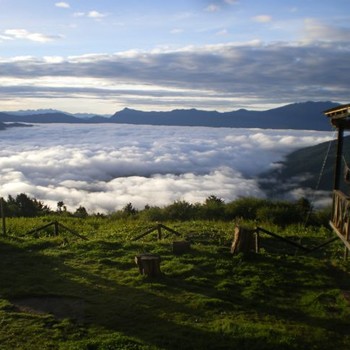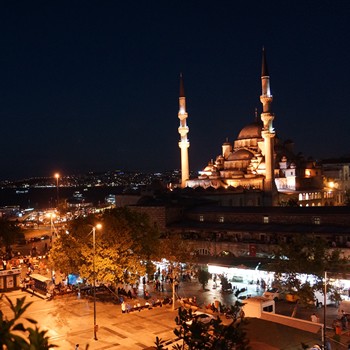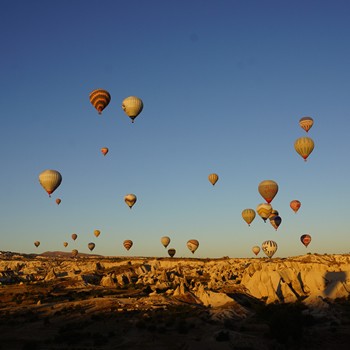Submitted by Heather Demars on July 30, 2016
Overview
Welcome to the country of Cambodia! Visitors are likely to be charmed with Cambodia’s humble kingdom. Experience the land of the Gods at the master of all temples, Angkor Wat, which is a magnificent representation of symmetry, a place of spiritual learning and is the nation’s greatest symbol. The country has its own riches to show off - pristine beaches, a number of ancient temples, thick woodlands, rumbling rivers, and lots of other unique attractions that reflect the country’s historical past.
Tourists can try the beautiful and alluring capital of Phnom Penh that is the center of economic strength and draws thousands of pilgrims around the globe, the ruins of the Khmer civilization at Angkor Wat that can be considered one of the wonders of the world and a visit to the srok (countryside) can prove to be an excellent visit while enjoying dar leng (walkabout).
Cambodia is not just about temples and architectures. It also houses wild, mountainous landscapes and rich water resources. The elusive wildlife found in the wilderness of Cardamom Mountains is one proof of this. Trek the Bokor National Park and take pleasure in riding elephants in the Mondulkiri Province jungles. Freshwater dolphins entertain bikers and cyclists that follow the River Mekong’s length as it passes through local communities. Thundering waterfalls and crater lakes add to the country’s natural attractions.
Despite what the country has been through, the people remain good-hearted with ready and welcoming smiles to all visitors that arrive to discover their enigmatic country. For most people who visited the country, Cambodia is like an emerging star that has just been discovered by an adoring public. It now has a mark on the map of those seeking adventure and fun in travel.
No tourists will just leave Cambodia without any feeling of admiration for the country as well as its inhabitants. Better think again if you are only planning to visit for only a few days. Cambodia has more surprises than you can think of!
When to Travel
The climate of Cambodia does not prevent it from being a year-round tourist destination. Best months to visit the country will be December and January. There is little rainfall during these months and humidity is relatively low. This is also the time when visitors crowd the country to witness different festivals. The Bon Um Tuk, Cambodia’s Water Festival is the largest and most anticipated festival in the country.
February is the start of hot and dry season. River and lake levels are typically low but travelling is quite easy for the lack of rainy season floods. Temperature will slowly rise up until the killer month of April when the heat can go up over 40°C. In contrast, the wettest season of the year which starts sometime in May and ends until October is the ideal time to see the temples especially the Angkor Wat which is surrounded by rich plants. Added to the scene are moats full of water during this time of the year. Rains are typically short downpours and the countryside portrays a vibrant picture.
Cuisines and Drinks
Surrounded by its neighboring countries Laos, Thailand and Vietnam, it is not surprising that Cambodian cuisine was influenced by these countries. Even though food is not as spicy as Thai’s cuisine, Khmer food is tasty and inexpensive. It is usually served with rice and sometimes with noodles. The locals like to have a stronger sour taste in their food especially by adding prahok. Prahok is a famous salted, crushed, and fermented fish paste that is used in Cambodian cuisine as a condiment or a seasoning. This is quite famous in the country because it gives the food a distinct Cambodian flavor.
One dish that is most popular among travelers is the amok – usually made with fish, chicken or shrimp and some vegetables. This is a curry like dish made from coconut milk and sometimes served in a hollowed-out coconut shell with rice or wrapped in banana leaves and steamed. Another delicacy worth trying to taste is pork fried with ginger called Saik Ch’rouk Cha Kn’yei that can be found almost anywhere. Other famous dishes are k’dam, crab cooked in pepper, lok lak, beef steak cooked quickly and chopped, Trey Ch’ien Chou ‘Ayme, a fried fish served with sweet and sour sauce and rice noodles covered in curry sauce can be bought in any food stalls.
Cambodian markets are also full of vegetables and fruits. Succulent ones include coconut, banana, rambutan, lychee, durian and longan fruit. Around the Khmer New Year, there are up to nine varieties of mangoes on fruit stalls and crates of mangosteen can be seen around months of May and June.
Exotic foods include barbecued rats, snakes, bats, frogs and other small birds, pregnant ducks which is duck eggs with embryo still inside and some variety of crawling animals such water beetles, crickets and crispy fried spiders. For the more adventurous, these foods can be quite a challenge.
There’s always a time for a glass of iced coffee anywhere in the country. It is freshly brewed and mixed with sweetened condensed milk like that of a Vietnamese style. It is commonly served with lemon and sugar for a more refreshing taste. Walking past local eateries, tourists are likely to see some locals drinking fresh coconuts straight from the fruit.
The local beer is Angkor but the most popular among tourists are the Beer Lao and Tiger. Palm and rice wines are also available in villages. For a more Khmer experience, try to look for a bottle of Golden Muscle Wine – a black drink that is made from assorted herbs and deer antlers
Cambodia Sights and Things to Do
Visiting groups can again witness the famed National Ballet of Cambodia since it was recently re-established. The Preah Vihear temple is once again open to the public and is a site for different celebrations especially during the Cambodian New Year. This is certainly a stunning Khmer Temple located atop a cliff in the Dangrek Mountains. Due to its location, the temple has a commanding view of its surroundings. Constructed even before the famous Angkor Wat, the temple’s history may still be a mystery but it is known to be devoted to the god Shiva. The capital of Phnom Penh where the Royal Palace is located together with its Silver Pagoda is one main attraction. The National Museum also creates a center of attention with display of bronze and stone sculptures from the Angkor Period.
The temples at Angkor is still visited by visitors even though travel by road is quite a hassle and flights from Phnom Penh, Ho Chi Minh City, Singapore, Kuala Lumpur and Bangkok should be taken to reach the place. Angkor Wat itself, built as a tribute to the Hindu god Vishnu is considered as one of the most spectacular architectural creations ever built. Magnificent towers, artistic designs and bas reliefs of the temple will definitely inspire any visitor that comes to see the temple up-close.
Oudong, just a few miles from the capital Phnom Penh is known for its burial chedis (mound-like structure containing Buddhist relics) of Khmer kings.
Trekking is a good activity and there are some marked routes in Ratanakiri but it is advisable to do it with some local tour guides. Elephant-back riding is also possible in this area as well as in Mondulkiri.
River tours are already operating in the Mekong and Tonle Sap rivers near the capital. The latter is the largest freshwater lake in Southeast Asia and where huge catfish can be found. Endangered species of crocodiles can be seen around the Tonle Sap Lake, one of them is the Siamese crocodile. Different species of turtles also abound near the area. In addition, freshwater dolphin watching is offered near Kratie, a relaxed river tow in the north eastern part of Mekong. For those seeking water activities like swimming and snorkeling, Sihanoukville will be a perfect place
Practical Info
Currency
Riel is the currency of Cambodia. Small amounts of US dollars can be changed anytime for riel in most hotels and restaurants tourists need not visit the banks to exchange currencies. ATM machines are available in most major cities like Sihanoukville, Siem Reap and Phnom Penh. Most of these machines are compatible with credit cards but only with Visa and MasterCard only.
Hotels, boutiques, airline offices and restaurants accept credit cards like Visa, MasterCard, JCB and sometimes American Express. Cash advances on credit cards are accepted in Sihanoukville, Siem Reap and Phnom Penh, Kampot, Battambang and Kompong Cham. Free cash advances are offered by Uninon Commercial Bank and Canadia Bank. Other banks offer cash advances but with charges. Travel agents and hotels in Siem Reap and Phnom Penh arrange cash advances with 5% commission.
Travellers cheques on the other hand can be exchanged in most branches of Acleda Bank. It is recommended to bring cheques that are in US dollars but euros are acceptable in Acleda Bank and other major currencies at branches of Canadia Bank. There’s usually a 2% commission to change travellers cheques.

